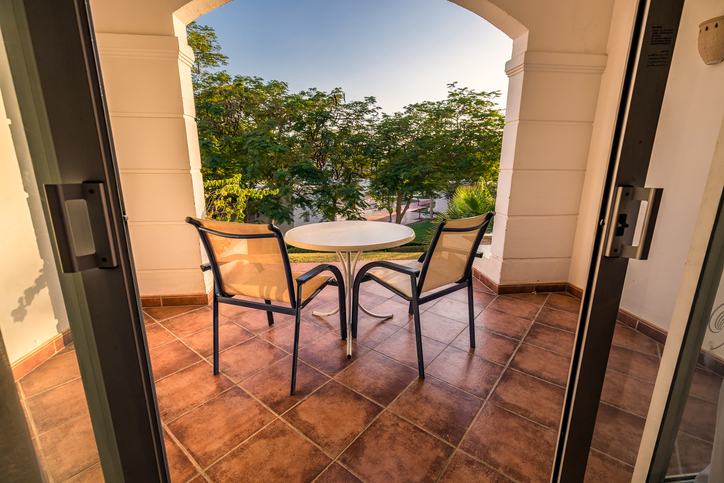 One of the most frustrating parts of the search for inpatient treatment is that residential facilities don’t always publish their costs. In this case, people seeking care must call individual facilities and listen to a sales pitch, or provide personal information before getting cost details.
One of the most frustrating parts of the search for inpatient treatment is that residential facilities don’t always publish their costs. In this case, people seeking care must call individual facilities and listen to a sales pitch, or provide personal information before getting cost details.
It can be difficult to assess the total cost of a facility when there is no predetermined stay length. Factors including room type, whether you have a roommate, and additional medical or psychological services can drive up costs. Inpatient treatment can easily cost $1,000 per day.
Nonprofit, For-Profit, Pastoral, and Other Options: Understanding Cost Differences
Rehab comes in many forms. A few varieties include:
- Non-profit facilities: These may be funded by charitable or religious organizations. Because they are not designed to turn a profit, they are less expensive than for-profit facilities. They may also offer grants or other funding options.
- For-profit facilities: For-profit facilities are designed to earn a profit for shareholders. They may offer more extras and incentives, but tend to be the most expensive.
- Government-funded facilities: These facilities are usually administered by nonprofit organizations. They may have long wait lists, but often offer subsidies based on need. You may have to apply for assistance or prove that you cannot afford to pay on your own.
- Pastoral and religious facilities: Pastoral and religious facilities are run by religious organizations. Some use curricula designed by a specific church. Others incorporate elements of spirituality into the program, and some do not mention religion. Most religious rehabs are non-profits, and offer lower rates.
Factors Affecting the Cost of Rehab
Knowing which services a facility offers can help you determine where it sits on the pricing continuum. Factors that influence cost include:
- Setting: Facilities in luxurious or secluded settings tend to cost more.
- Accommodations: Living arrangements heavily affect cost. Sparse accommodations and rooms that house multiple residents are cheaper than luxurious rooms with picturesque views.
- Classes: Many facilities offer specialized classes in yoga, nutrition, or art. Sometimes the cost of these classes is factored into the base price. In other cases, you must pay for each class you take.
- Staff: Though most treatment centers employ social workers, therapists, and nurses, others have full-time psychiatrists, psychologists, or neurologists on staff. The more training, experience, and credentials employees have, the higher the price will be.
- Reputation: Well-known facilities with high success rates and excellent reputations may charge more.
- Specialized treatment: Addiction treatment often demands more than just detox, group support, and therapy. People with co-occurring issues may need specialized treatment, including medication management, nutritional counseling, or trauma-focused therapy. Facilities equipped to address these needs often charge higher rates.
The Cost of Not Seeking Treatment
Not seeking treatment can be even more costly than the high prices of treatment itself. People who seek treatment are less likely to face incarceration or job loss due to their condition, or to die from drug overdose.
Treatment may also decrease other health care costs. A 2013 study compared people who received treatment for opioid dependence to those who sought no treatment. The treatment group had average annual medical costs of $13,578, compared to an average annual expenditure of $31,055 in the other group. This difference may be due to the higher costs of emergency treatment for addiction-related accidents, overdoses, and mental health emergencies.
References:
- Is drug addiction treatment worth its cost? (n.d.). Retrieved from https://www.drugabuse.gov/publications/principles-drug-addiction-treatment-research-based-guide-third-edition/frequently-asked-questions/drug-addiction-treatment-worth-its-cost
- Lynch, F. L., Mccarty, D., Mertens, J., Perrin, N. A., Green, C. A., Parthasarathy, S., . . . Pating, D. (2014). Costs of care for persons with opioid dependence in commercial integrated health systems. Addiction Science & Clinical Practice, 9(1), 16. doi:10.1186/1940-0640-9-16

